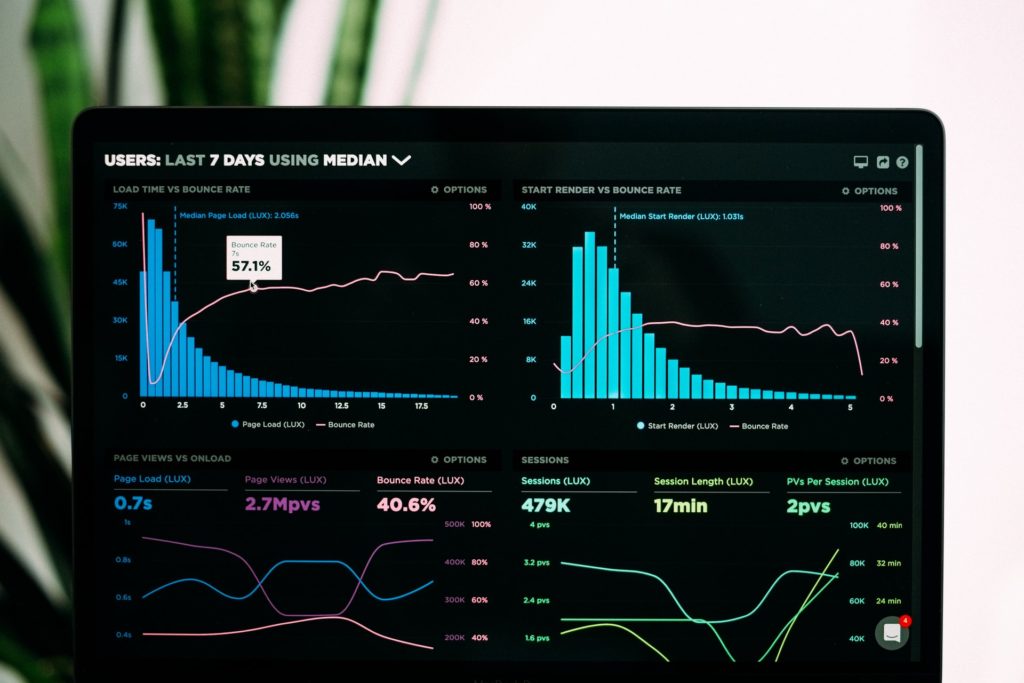With the modern business world defined by various uses of digital technology, the most successful companies have learned to integrate new tech into much more than mere website outreach and online ordering. Today, the pragmatic use of big data analytics can prove to be the ultimate solution to nearly every element of a healthy bottom line and successful marketing campaign.
From reaching a customer base to manufacturing development and public relations, data science has become the most important tool for organizations of all sizes and industries. Here, we will look at four use cases of data analytics that can help improve your business in every area.
1. Demographic and Customer Outreach

One of the most popular benefits of big data integration is its ability to create actionable insights for finding and engaging potential customers. Simply put, every time someone researches a new product, makes a purchase, or leaves consumer feedback on social media, they leave behind a trail of relevant data in real-time.
Among the most common use cases for data analytics is the ability of an organization to mine this information in order to learn their demographic’s needs and preferences. Most importantly, companies can use data mining to find their customer base and better understand customer expectations.
Ultimately this big data solution can have a positive influence on every stage of production: conception, manufacture, and marketing. For companies that integrate big data analysis into their workflow, each of these benefits can prove invaluable.
2. Accuracy in Marketing Strategies
Once an organization has collected and consolidated the vast amounts of data available from various outlets, data analysts and marketing teams may utilize the information for structuring demographic outreach. In other words, complete marketing strategies can be created using valuable predictive analytics.
Commonly known as a “predictive model,” these insightful profiles are composed of both customer needs and expectations, as well as comparative case studies of competitors’ own marketing campaigns. With this tool in place, an organization can ask themselves what strategies have been previously successful and, more importantly, why have they been successful?
3. Product Development

By integrating big data technology into both manufacturing and marketing workflow, a business user or manufacturer can make accurate predictions regarding their customers’ expectations of a given product. With that in mind, a product or service still in its early stages can be tweaked or catered to include needed alterations guaranteeing a more successful launch. In this way, the data scientists and predictive analytics vendors are as valuable to an organization as the chief designers and marketing team.
In addition, proactive marketing strategies can integrate big data gathering with a deliberate push for customer preferences or needs prior to a product launch. For example, a company’s website could ask visitors their own expectations and requests, then use the voice of the customer response for future data management. By truly making a marketing campaign a team effort, the raw data gained from demographic participation can only improve the campaign’s chances of success.
4. Feedback and Customer Service
In many instances, data analytics can be the best way of gaining insights into customer feedback regarding products and services. Thanks largely to social media and feedback forums, datasets can be collected to learn the success rate of customer satisfaction and the complete use case narrative of a customer journey. Most importantly, these datasets are valuable as actionable insights that can help an organization adjust strategies for better products, services, and overall customer service.
Whether your company provides goods or services, the customer experience remains the top priority for ongoing demographic loyalty and future outreach. Using predictive analytics and big data technology to better understand the customer experience deepens the relationship between the provider and the consumer. Ultimately, an earned trust is developed based on the best products and the accurate representation of an organization that puts its customers’ needs first.





